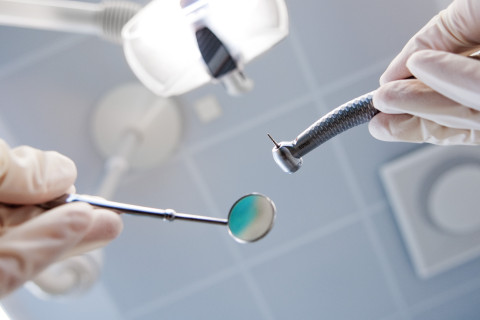Service need and service demand in oral health services should be at the center of oral health provision and supply in Finland. In 2001-2002 the whole adult population gained access to subsidized basic oral health services. In her doctoral thesis, Eeva Torppa-Saarinen evaluated the interrelationships of changes in self-assessed treatment need, service use and perceived oral health, including subjective oral health and oral health-related quality of life, in the Finnish adult population after the major oral health care reform.
The changes were analysed with longitudinal interview and questionnaire data gathered in the Health 2000 and the Health 2011 nationally representative surveys. A path analysis was applied to analyse the interrelationship between perceived oral health and regular service use. Logistic regression models were applied to find the determinants of changes of perceived oral health, and determinants of improvement or worsening of unmet oral health treatment need according to Andersen’s theory.
Perceived oral health improved over the study years, but the incorporated gender differences persisted from 2000 to 2011, that is, females had better perceived oral health. However, about half of the population reported self-assessed treatment need in both years. Good oral health-related quality of life in 2000, indicated by lack of perceived problems or symptoms, led to regular service use, which in turn led to good subjective oral health. A regular pattern of visiting the dentist was more common among females, although the changes to more habitual visiting were seen among the male birth cohorts born 1945–1955 and 1971 or after; the older age group being the one that gained access to subsidized services during the study years. Unmet self-assessed treatment need was substantial, as reported by half of the respondents. Acute treatment need seemed to have been satisfied, since those with unmet need did not particularly report pain or discomfort in either of the years, but other treatment need persisted. The favorable changes in unmet treatment need from 2000 to 2011 were less likely among those who had poor subjective oral health, basic or intermediate education level, or a poor perceived economic situation in 2000. Worsening was more likely to occur among males and participants from northern Finland and less likely among participants from central Finland and among older birth cohorts. Thus contextual and individual characteristics described in Andersen’s behavioral model of service use both had a strong effect on the oral health service use outcomes.
The causes of unmet treatment need should be closely monitored and the health policies and practices developed according to that in order to gain better perceived oral health on the population level. The outcome of the health care provision and health care use should be evaluated with the different measures such as perceived oral health and self-assessed need. Access to non-ambulatory services and maintaining regular service use is crucial and should therefore be emphasized in oral health service planning. The legislation and service fee policy should promote regular service use and not solely concentrate on the acute care provision based on expressed need.
The doctoral thesis of Eeva Torppa-Saarinen, entitled Interplay between treatment need, service use and perceived oral health. A longitudinal, population-based study, will be examined at the Faculty of Health Sciences, University of Eastern Finland. The public examination will be held in Finnish at Tampere University, Kauppi Campus, on 23 October 2020. The Opponent in the public examination will be Docent Eeva Ketola of Tampere University, and the Custos will be Professor Liisa Suominen of the University of Eastern Finland.
Photo available for download at https://mediabank.uef.fi/A/UEF+Media+Bank/37876?encoding=UTF-8


